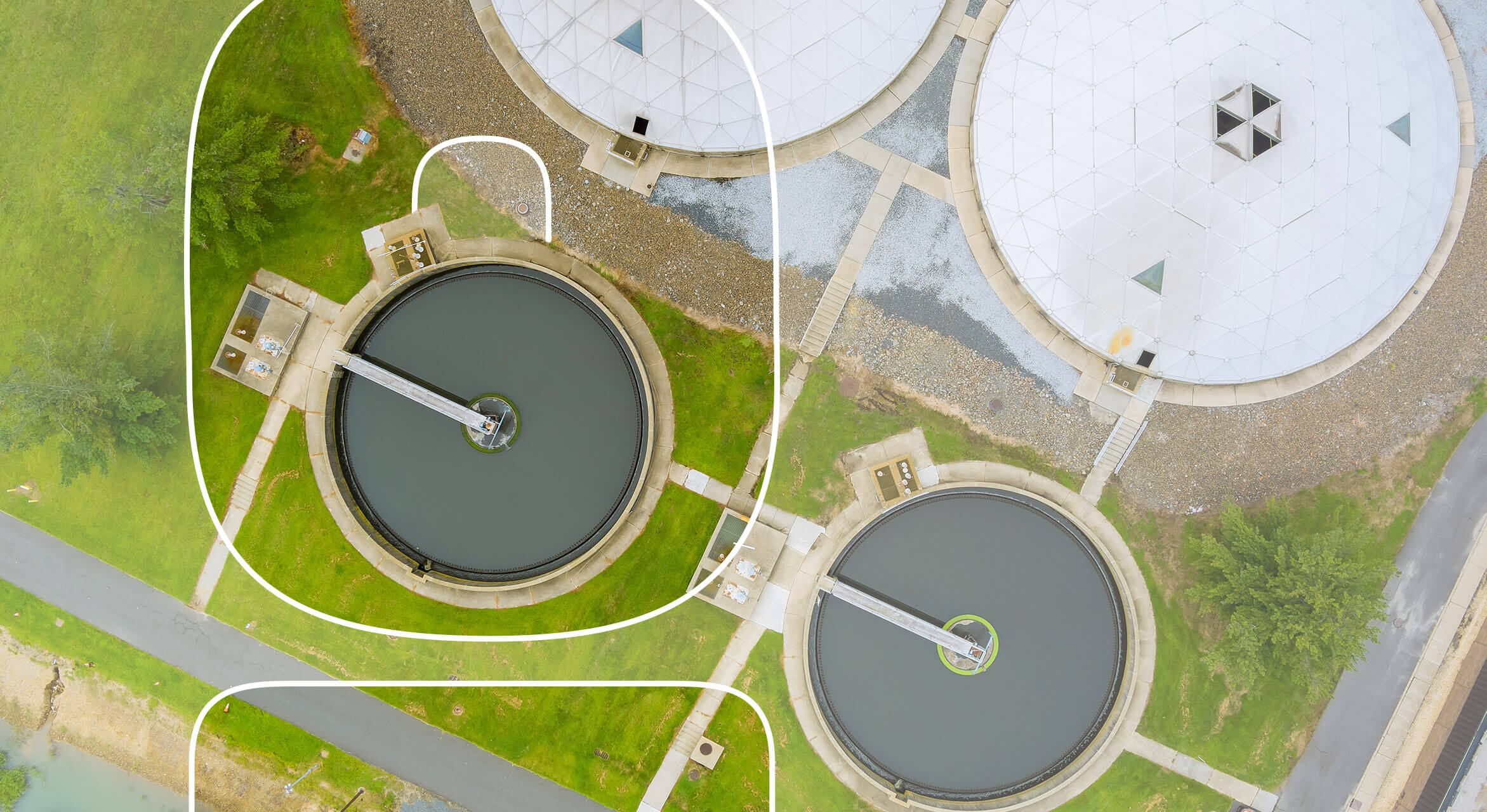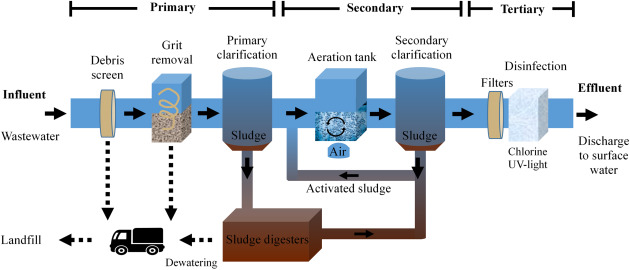Budget-Friendly Options for Residential and Business Wastewater Needs
Understanding Wastewater Treatment Processes and Their Ecological Influence
The ins and outs of wastewater treatment procedures play a pivotal function in mitigating environmental obstacles associated with water pollution. Each stage, from preliminary to advanced therapies, is developed to deal with certain pollutants, ultimately safeguarding both public wellness and aquatic ecosystems.
Overview of Wastewater Treatment
Exactly how is wastewater transformed into a safe resource for the setting? Wastewater therapy is an important process designed to eliminate contaminants from made use of water, thus safeguarding public health and safeguarding ecological communities. This process starts with the collection of wastewater from property, industrial, and commercial sources, which is after that directed to treatment facilities.
At these centers, various physical, chemical, and biological approaches are utilized to deal with the wastewater. Consequently, organic therapies, such as triggered sludge processes, use microorganisms to damage down natural matter.
The dealt with effluent can be securely discharged into natural water bodies or recycled for watering and commercial objectives, advertising resource preservation. In addition, the therapy process generates biosolids, which can be repurposed as plant foods or soil changes, additionally boosting sustainability.
Phases of Therapy Procedures
The wastewater treatment procedure typically includes three primary stages: preliminary, key, and additional therapy. Each phase serves an unique role in minimizing the contaminant load and guaranteeing the effluent meets environmental standards prior to discharge.

The primary therapy phase concentrates on the physical separation of suspended solids from the wastewater. With sedimentation, heavier bits work out at the base of sedimentation containers, developing sludge, while lighter materials, such as oils and oils, float to the surface area and are skimmed off. This process considerably lowers the natural and inorganic lots in the wastewater.
Secondary therapy is an organic procedure aimed at more lowering the focus of natural matter. This phase is essential for accomplishing the necessary biochemical oxygen demand (BOD) reduction, inevitably leading to cleaner effluent ready for discharge or further treatment.

Advanced Treatment Technologies
Complying with the additional therapy processes, advanced therapy technologies play an important role in more enhancing the quality of treated wastewater. These innovations are developed to eliminate residual pollutants that are not efficiently eliminated throughout main and second therapies, making sure the effluent fulfills stringent governing standards.
Among the widely made use of advanced treatment methods are membrane purification, reverse osmosis, and advanced oxidation processes. Membrane purification, consisting of microfiltration and ultrafiltration, is effective in dividing fine bits, pathogens, and colloids from the water (Wastewater). Reverse osmosis utilizes semi-permeable membrane layers to get rid of dissolved solids, causing high-quality check my reference water suitable for various applications
Advanced oxidation processes (AOPs) employ strong oxidants to deteriorate organic toxins, consisting of drugs and individual treatment items that are immune to conventional therapy. These methods boost the biodegradability of complex compounds, facilitating their elimination.
An additional substantial innovation is making use of biological nutrient elimination procedures, which specifically target nitrogen and phosphorus, protecting against eutrophication in getting water bodies. In general, innovative treatment innovations are essential for attaining higher levels of purification, advertising water reuse, and protecting public wellness while dealing with the challenges connected with wastewater administration.
Ecological Benefits of Therapy
Many ecological benefits occur from reliable wastewater therapy procedures that add to ecosystem health and wellness and sustainability. Primarily, these processes considerably lower the launch of hazardous contaminants right into natural water bodies, which assists keep water communities. By eliminating contaminants such as hefty metals, nutrients, and virus, dealt with wastewater minimizes the risk of waterborne diseases and advertises biodiversity in aquatic environments.
Furthermore, wastewater treatment facilities go right here typically utilize innovative innovations that make it possible for water recycling and reuse. This practice not only saves fresh water sources yet additionally lowers the need on natural water supplies. Improved nutrient removal from wastewater can likewise avoid eutrophication, a procedure that leads to algal flowers and subsequent oxygen exhaustion in water systems.
In addition, reliable therapy procedures can lessen greenhouse gas discharges, specifically methane and nitrous oxide, which are frequently released throughout without treatment wastewater decay. By catching and utilizing biogas from anaerobic digesters, facilities can transform waste into renewable resource, therefore contributing to a decrease in fossil fuel dependency.
Challenges and Future Patterns
While the environmental advantages of wastewater therapy are clear, numerous obstacles linger that hinder ideal end results in this field. One major problem is aging facilities, which commonly brings about inefficiencies and raised functional prices - Wastewater. Many therapy plants were made decades back, and their abilities do not straighten with contemporary demands, which include stricter regulatory requirements and greater quantities of wastewater due to urbanization

Looking in advance, there is an expanding emphasis on source recovery and round economic climate principles within wastewater treatment. Technologies such as anaerobic food digestion, which can generate biogas, and advanced purification technologies are obtaining traction. These approaches not only boost therapy performance however additionally promote sustainability.
Eventually, addressing these obstacles needs cooperation among stakeholders, financial investment in modern technology, and a dedication to ongoing study. see it here By accepting these trends, the wastewater treatment industry can progress to meet the demands of a changing setting and society.
Verdict
In conclusion, wastewater therapy processes play an essential role in enhancing ecological high quality and public health and wellness. The multi-stage treatment structure, combined with innovative innovations, properly minimizes contamination and advertises lasting water monitoring.